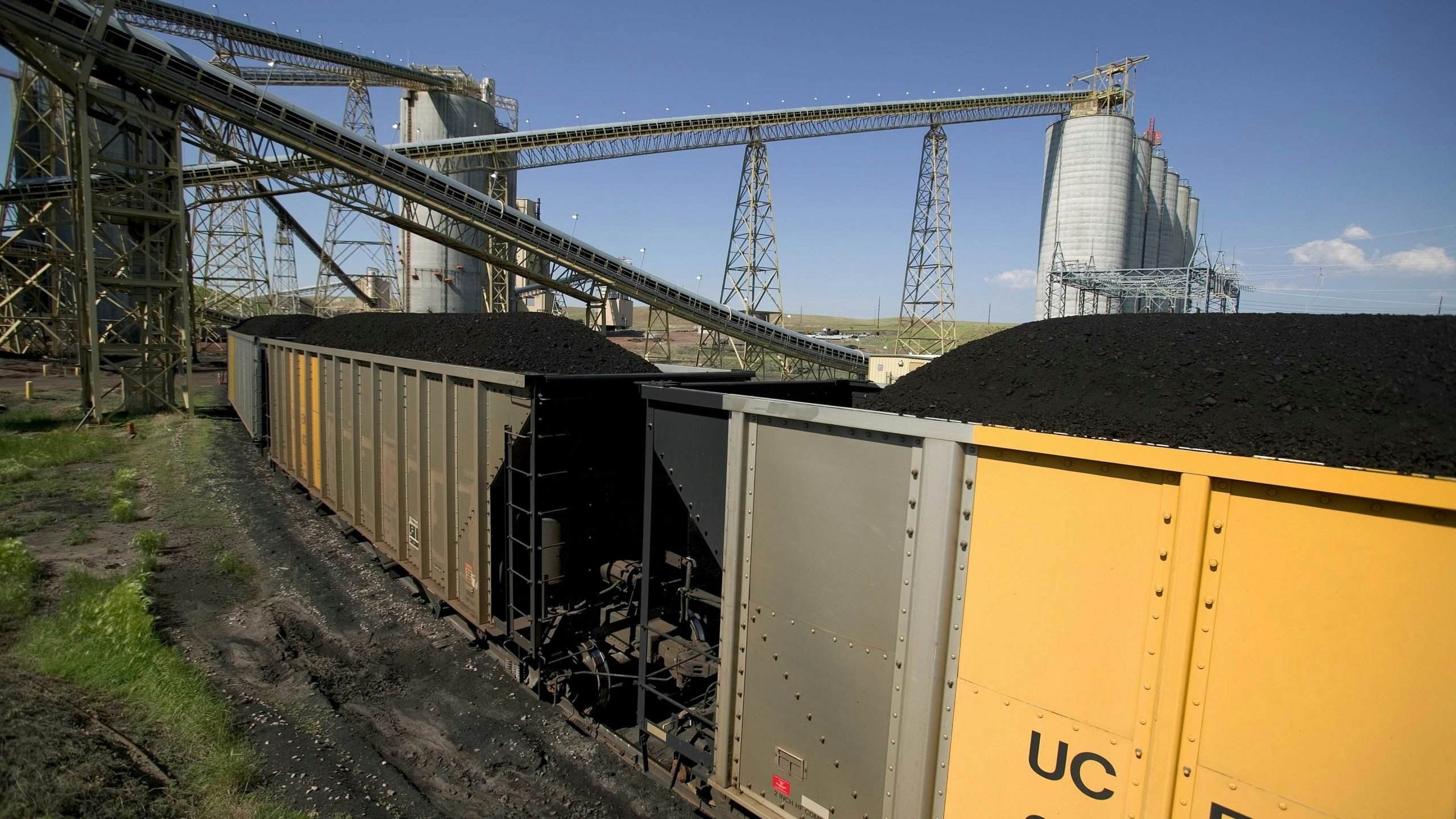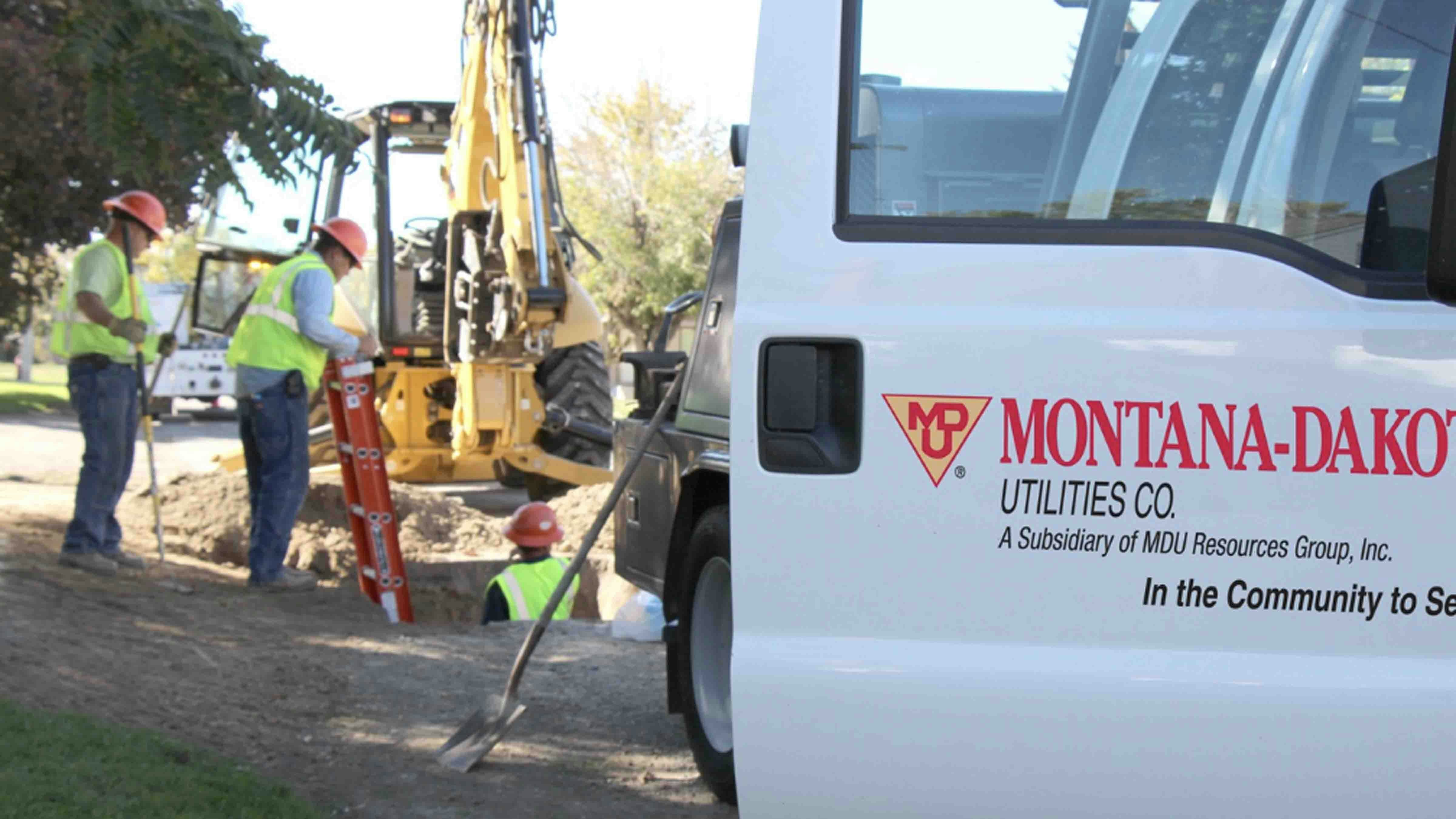By Renée Jean, Tourism and Business Reporter
renee@cowboystatedaily.com
The latest housing and labor numbers show Wyoming’s economy continues to recover from the COVID-19 pandemic, in some cases even bucking national trends.
But the threat of a global economic recession is hanging overhead as well, with the Federal Reserve planning a fourth straight interest rate hike when it meets again next month.
A recession would complicate Wyoming’s continued economic recovery, but the state’s chief economist Dr. Wenlin Liu believes the Cowboy State has some things going for it that will help mitigate the worst effects.
Some Insulation
A recession will likely not happen right away in Wyoming, Liu told Cowboy State Daily on Wednesday.
“We probably are not going to have an immediate recession within three months or six months, because just the labor market is (still active), consumers continue to spend and also wages are increasing,” Liu said. “So, any recession is probably beyond six months or a year.
“And if it happens, I believe it’s not going to be as bad as COVID. It’s not going to be as bad as the financial crisis in 2009.”
The pandemic has caused artificial constraints to the economy, Liu said, adding that the prolonged inflation that’s followed the initial COVID shutdown also was somewhat artificial, with many countries basically reopening its economy at the same time.
That reopening also pushed Wyoming’s tourism to record levels in 2021, Liu said, as people cooped up by the pandemic began traveling again.
‘Explosive Travel Tourism’
“Last year was extraordinary, truly extraordinary for travel tourism in our Wyoming lodging tax,” Liu said. “Our lodging tax collection increased 47%. That’s completely unprecedented. That’s because the economy reopened. I call it the explosive travel tourism activity.”
Tourism also would give Wyoming exposure in a nationwide recession as its No. 2 industry beyond energy, but the state has another mitigating factor working in its favor.
“Wyoming’s economy is dependent on energy extraction,” Liu said.
Energy extraction shielded the state during the 2008-09 recession, he said. And in the current scenario with economists predicting a recession, the continuing war in the Ukraine and sanctions against Russia pumping up energy prices, it will continue to be an economic shield for the state.
Post-Pandemic Improvement
Liu’s economic analysis shows several areas of improvement for Wyoming’s economy post-pandemic. Employment stats increased 2.2%, a gain of 5,900 jobs year over year. That’s still half the national growth rate of 4.4%.
The unemployment rate, meanwhile, dropped to 3.2% and is now lower than the national average of 3.6%, showing that the job market in Wyoming is still running with some heat, he said.
That heat is another barrier between Wyoming and a recession, Liu added, pointing out that a typical recession means significant job losses and high unemployment.
“Everyone who wants to have a job can easily find a job,” he said. “The cause of the recession, if we have a recession, is almost purely from the Federal Reserve pushing it. It seems like the Fed is determined to increase interest rates until the inflation does come down.”
Jobs Numbers Surge
Liu believes any recession for Wyoming will be mild.
Nearly every industrial sector in Wyoming has posted job gains, with a few notable exceptions. Government jobs dropped by 700, the report says, a loss of 1.1%, while transport and utilities lost 200 jobs, or 1.2%.
Leisure and hospitality, meanwhile, gained the most jobs overall, adding 2,100 positions, or a 5.9% hike, according to Liu’s report. But mining gained the most percentage wise, adding a 9.4% to its workforce, or 1,400 jobs.
That was followed by professional and business services which added 900 positions, or 4.8% of new jobs, while construction followed close behind with 800 new jobs added, or 3.6%.
Other sectors posted slight job gains. Manufacturing, wholesale trade, information and education, and health services all gained 100 jobs.
Incomes Also Higher
Personal incomes in the Cowboy State rose 4.2% in the second quarter of 2022 compared to last year. That was a larger increase than the U.S. average, which posted a 3.4% increase for the same period.
Total earnings in the state are up 7.6% year over year for the quarter. Manufacturing posted the biggest gain, 18.9%. Not far behind are business and professional services at 17.9% and mining at 16.1%.
Agriculture was a notable exception here. It declined 36%, likely because of rising input costs and overall inflation, the report says.
Housing Also Bucks Trend
Housing activity in Wyoming continued to appear brisk even as home prices rise. Statewide home prices were up 17.2% for the second quarter year over year and were slightly more than the previous quarter, while permits for single-family homes rose 3.7%. Delinquency rates also were down in June.
Nationally, the rate at which home prices are increasing decelerated to 17.7% over the same period — still among the fastest price increases for homes in decades, the report says.
Resilient demand and constrained supply have kept U.S. home prices higher than expected. As more millennials enter the market, they are looking to find homes, while older millennials and those in other age categories look improve the size and quality of their homes.
Higher mortgage rates are ahead, however, which will likely slow sales, while affordability is already an issue for many.
Taxable Sales
Sales taxes in Wyoming grew 16.5% to $5.4 billion in the second quarter this year compared to 2021.
Most of that was expansion in retail trade and the leisure and hospitality industry, but the rebound in mining also was substantial.
Sales taxes from mining gained 77.2%, still 20.5% less than taxable sales in the same quarter of 2019 before the pandemic. Retail trade, meanwhile, gained 14.2%.
Leisure and hospitality, however, was significantly hurt by historic flooding that closed Yellowstone National Park during its 150th anniversary year. It was down 3.6%.
Overall, 20 of 23 Wyoming’s counties posted gains in sales taxes revenues in the second quarter. Converse County posted the largest increase at 105.6%, followed by Sublette aT 48.2% and Campbell at 37.1%.
Counties that don’t have significant mineral extraction showed a more even trend, displaying smaller increases or decreases.
Tourism Hit
Recreational visits to Yellowstone National Park reached 1.14 million in the second quarter this year, down 23%. Grand Teton National Park recorded 800,92 visits, down 33.9%.
Lodging sales in Teton county were down 30.4%. Statewide, lodging sales declined 11.9%.
The drop is attributed to the closure of Yellowstone National Park for nine days after extreme flooding in June.
Agriculture Incomes Drops
Prices farmers are paid for livestock and other commodities have rebounded since the pandemic began and were 12.25 higher in the second quarter. But farm earnings in Wyoming have been on a downward trend since the fourth quarter of 2020.
That trend continued in the second quarter of 2022 because of decreased payments from COVID-19 programs and a continued rise in farm input costs.
The Federal Reserve Bank notes elevated prices for commodities, as well as continued increases to exports and solid credit conditions. But the persistence of inflation and drought are significantly affecting the economic picture for producers.
State Revenues
Investment income distributed to the state’s general fund from the Permanent Wyoming Mineral Trust Fund was $375.5 million in the second quarter, a little less than last year’s second quarter.
But it was still a healthy amount, thanks to net realized capital gains distributed at the end of each fiscal year June 30.
Mineral severance taxes, meanwhile, were up 87.5% year over year. That’s the largest increase since the third quarter of 2008, reflecting a surge in energy prices, as well as increased drilling activity in the state.





